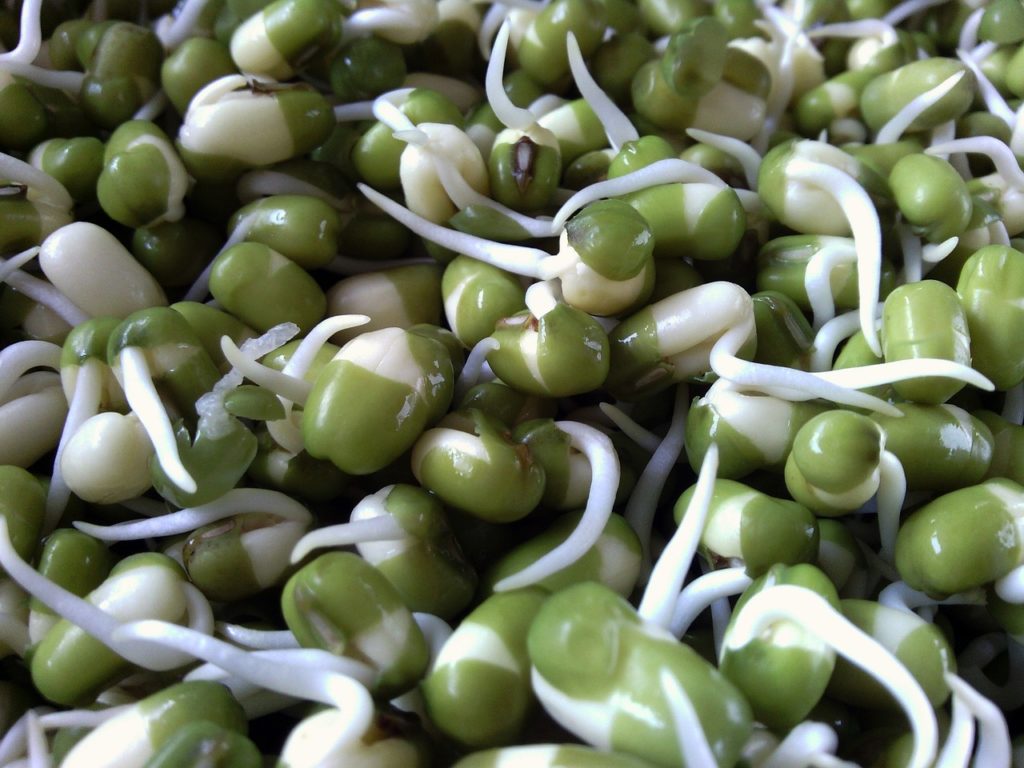
Almost 60% of Americans have pro-inflammatory diets, increasing the risk of health issues such as heart disease and cancer, according to a recent Omega 3 for chronic pain, by Dr Andrea Furlanstudy utilizing a tool designed to assess inflammation in the diet.
The study also found that specific populations, including Black Americans, men, and people with lower incomes, were more likely to consume a diet high in pro-inflammatory foods.
“Overall, 57% of U.S. adults have a pro-inflammatory diet and that number was higher for Black Americans, men, younger adults and people with lower education and income,” said lead author Rachel Meadows, visiting faculty in The Ohio State University’s College of Public Health.
The research team used the dietary inflammatory index, a tool developed a decade ago that includes 45 dietary components to examine the diets of more than 34,500 adults included in the 2005–2018 National Health and Nutrition Examination Survey.
Based on self-reported diets, they used the tool to assign inflammation values ranging from −9 to 8, where 0 represents a neutral diet. About 34% of those in the study had anti-inflammatory diets, and the remaining 9% had neutral dietary inflammatory levels
Older dietary measures look at the intake of certain food groups (such as fruits, vegetables and dairy) or macronutrients (such as carbohydrates, proteins and fats) that align with national diet recommendations or certain diets like keto or paleo.
“But inflammation is an important element to consider and the overall balance of diet is most important,” Meadows said.
“Even if you’re eating enough fruits or vegetables, if you’re having too much alcohol or red meat, then your overall diet can still be pro-inflammatory.”
Meadows said she’s less interested in labeling foods as “bad” and more interested in thinking about anti-inflammatory foods as tools people can employ to boost health.
“There’s a potential here to think about positive interventions, such as adding more garlic, ginger, turmeric and green and black tea — which are all anti-inflammatory — to your diet,” she said.
“Moving toward a diet with less inflammation could have a positive impact on a number of chronic conditions, including diabetes, cardiovascular disease and even depression and other mental health conditions.”
Other examples of anti-inflammatory foods are mostly unprocessed including whole grains, green leafy vegetables (such as spinach), legumes (such as beans and lentils), fatty fish (such as salmon) and berries.
Challenges to eating a less inflammatory diet include poor access to fruits, vegetables and other foods that can contribute to better health — and even when those foods are available, they can sometimes be more costly, creating a barrier for those with low incomes, Meadows said.
Many people also have elevated chronic inflammation due to non-dietary factors including stress and adverse childhood experiences, she said.
“There are a lot of factors that contribute to chronic inflammation, and they all interact – even sleep is a key component. Diet can be used as a tool to combat that,” Meadows said.


